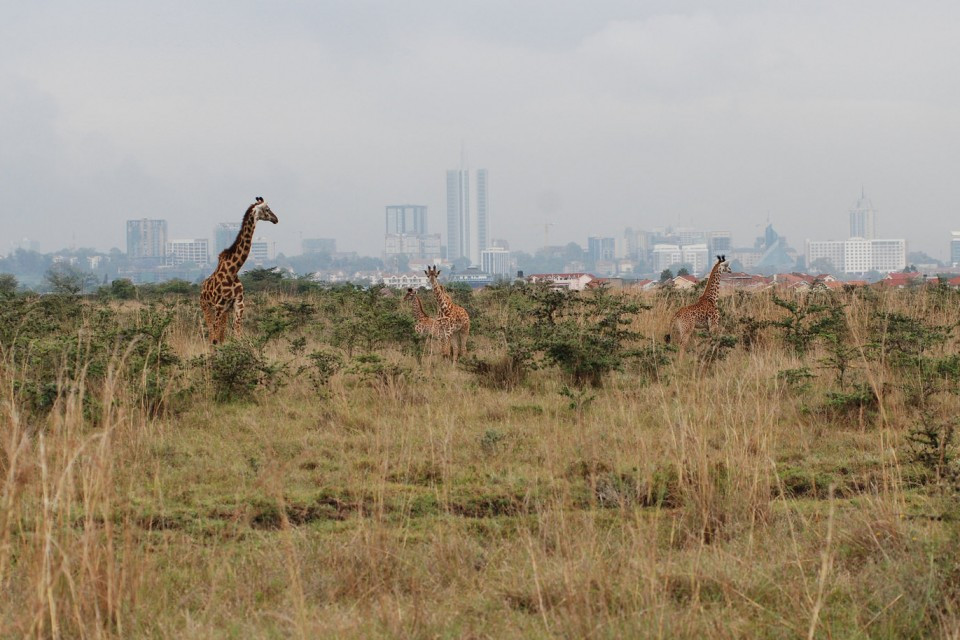Share the post "GIS and Environment Impact Assessment"
The application of Geographic Information Systems (GIS) in the Environmental Impact Assessment (EIA) process has gained substantial momentum over the past few years. Even so, the misconception exists that GIS involves mapping only, and many companies are still unaware of the robust solutions and cost savings this tool has to offer, when correctly implemented.
Our team has been at the forefront of developing the applied specialist skills required to integrate the use of GIS as spatial information, decision-making tool in EIAs internationally. The focus here is on applied integration, as it requires the person undertaking the analysis to understand the project, the potential environmental issues associated with it, and how the GIS can assist in obtaining the desired results. Accessibility to good quality, up-to-date spatial information has improved significantly and data is becoming more accurate. Inferior quality spatial data still exists, however, and it is essential that the GIS user is familiar with the quality of the spatial data prior to use.
Environmental consultants agrees that analyzing developments in their spatial context during the initial stages of the EIA process, in fact, expedites the identification of potential aspects and impacts that may have to be assessed while the process goes on. Potential risk factors may be identified upfront and presented to the client to assess the viability of proceeding with the project. This approach reduces timeframes and usually presents the client with a cost saving.
In addition to identifying and analyzing potential impacts, a GIS is also a powerful spatial planning tool. For example, a GIS is often used to identify sites suitable for establishing cemeteries and waste disposal facilities. Overlaying several spatial datasets (soil type, vegetation, ground and surface water, geology etc.), with specific assessment criteria for each, can produce a map indicating suitable and unsuitable areas.
Use of GIS applications in nearly all specialist studies ranging from air quality to wetland delineation as an integral part of the EIA process. The use of GIS in EIAs will continue to evolve as dealing with global warming becomes a worldwide priority. In future, even more careful spatial planning will be required to meet the requirements of authorities and governments and to ensure sustainable development.

